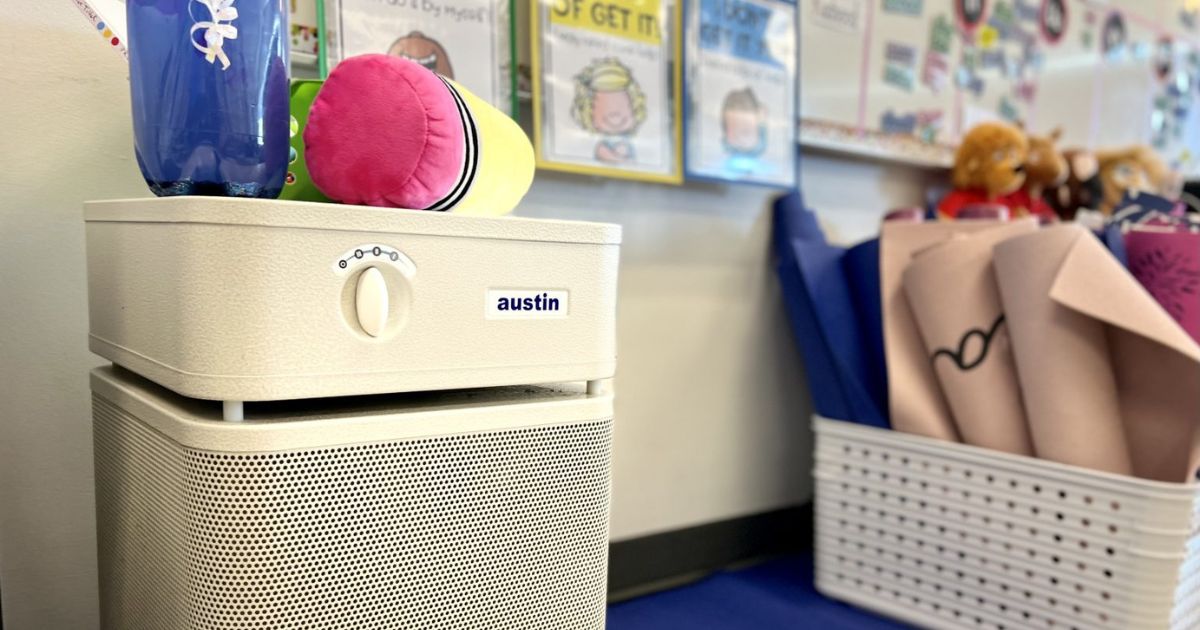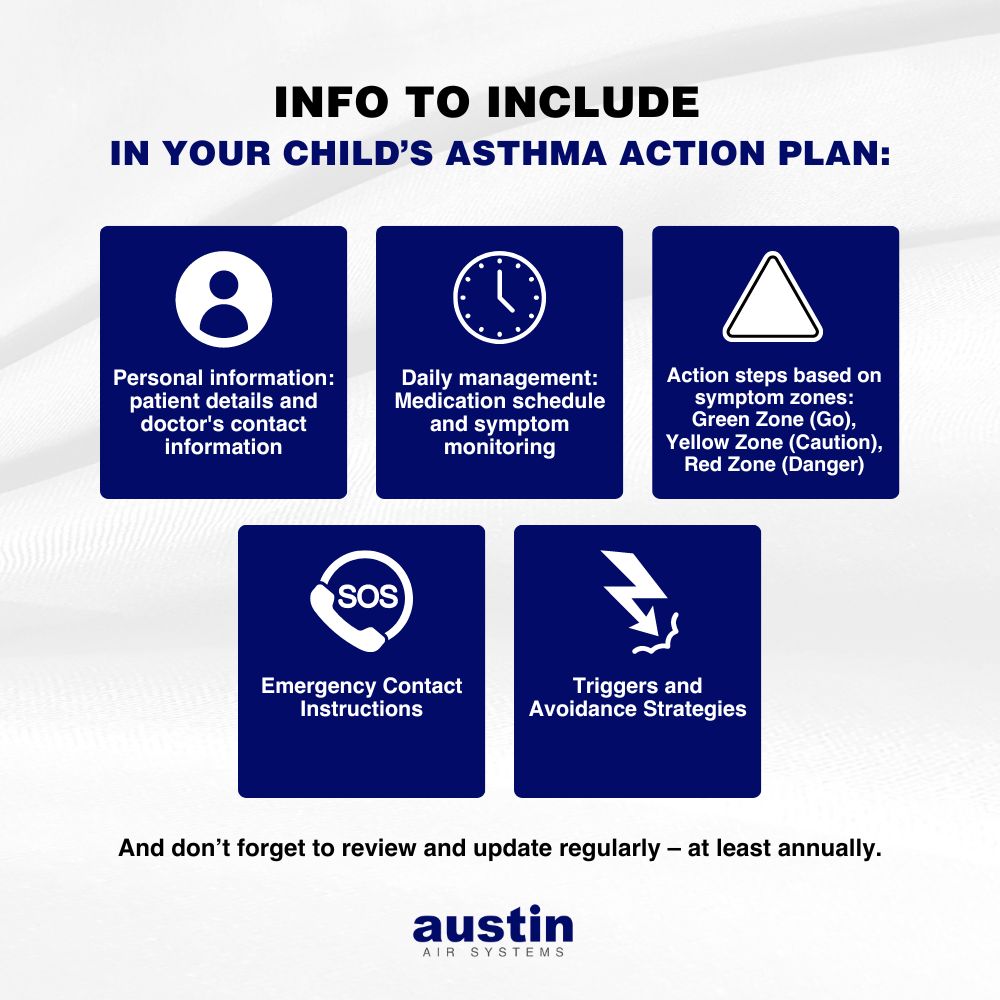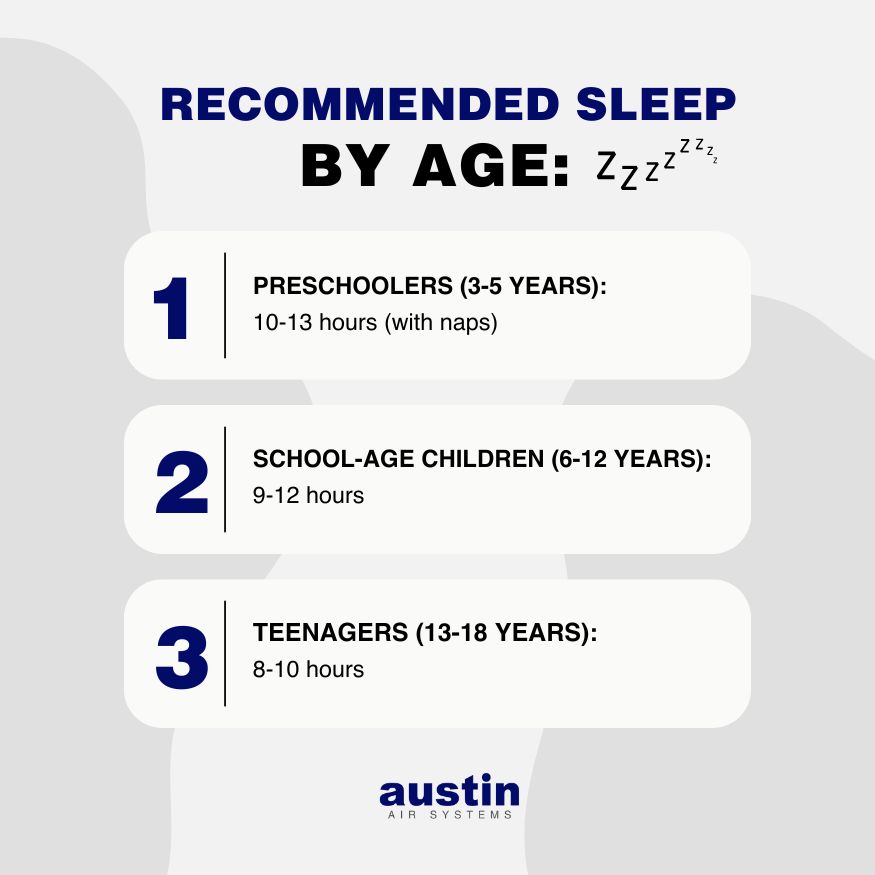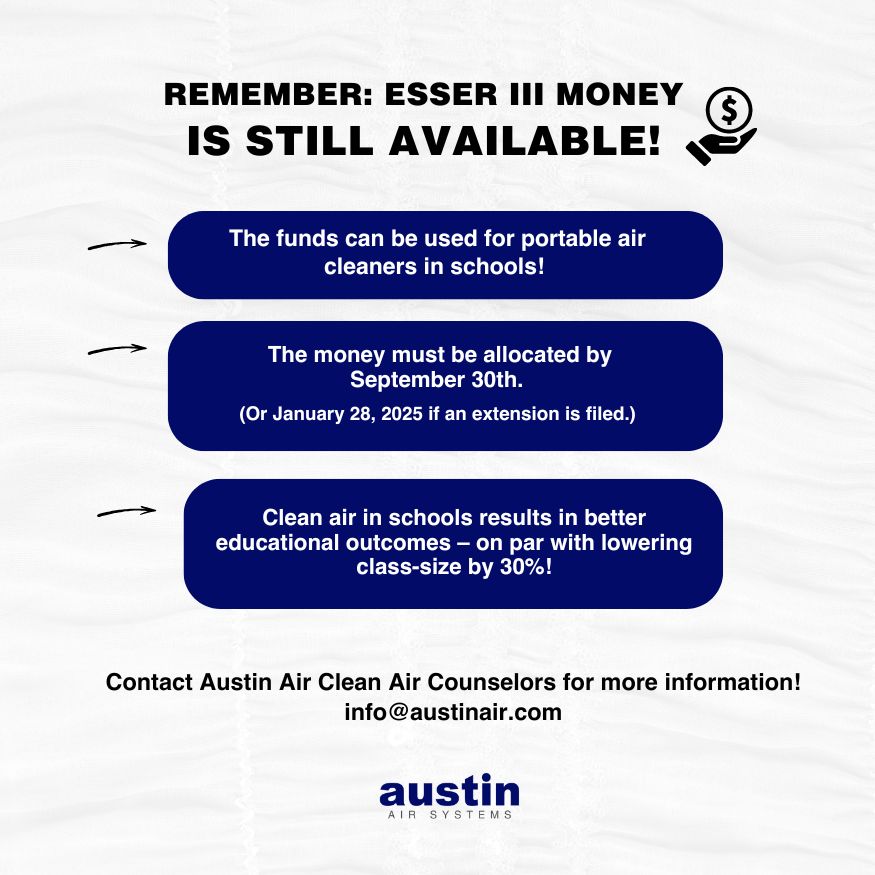Kids are most at ease and content with a solid routine, and as we head into the back-to-school season, establishing a healthy daily rhythm is key to ensuring your children thrive both academically and physically. With a little preparation and consistency, you can set the stage for a successful school year. Here’s how you can simplify your family’s routine and create a healthy environment that supports learning and well-being.
Simplifying Your Routine for Kids
A well-planned routine helps children know what to expect each day, reducing stress and anxiety. Start by organizing the mornings to avoid the chaos of last-minute rushing. Prepare school supplies, lunches, and outfits the night before – whenever possible (we know that this is easier said than done).
Setting a consistent time for waking up and going to bed will give your child the stability they need. Use charts or visual schedules to help younger children understand and follow the routine.
Getting Prepared for the School Year
Preparation is half the battle. Involve your child in the back-to-school preparations by shopping for supplies together and setting up their study space. Discuss the upcoming school year and any changes they might expect. Ensure that their school and teachers are informed of any medical needs, and update any necessary medications or action plans (more on that below).
Updating or Setting Up Your Child’s Asthma Action Plan
If your child has asthma, now is the perfect time to revisit or establish an asthma action plan. An asthma action plan is a personalized, written plan developed by a healthcare provider in collaboration with the person with asthma (or, in the case of children, their caregivers).1
The plan outlines how to manage asthma on a daily basis and what to do if symptoms worsen. It’s an essential tool to help individuals with asthma stay in control of their condition and avoid asthma attacks or emergencies.
Here’s what an asthma action plan typically contains:
- Personal Information
- Patient Details: Name, date of birth, emergency contact information.
- Doctor’s Contact Information: Name, phone number, and possibly the contact info for other healthcare providers involved in asthma care.
- Daily Management
- Medication Schedule: A list of daily medications, including names, dosages, and when to take them. This often includes long-term control medications and quick-relief or rescue inhalers.
- Symptom Monitoring: Guidance on how to monitor and recognize early signs of worsening asthma, often through peak flow measurements or symptom checklists.
- Action Steps Based on Symptom Zones
The plan is usually divided into three zones, often color-coded like a traffic light, to indicate different levels of asthma control:
- Green Zone (Go): This indicates good asthma control, where symptoms are minimal or absent. The plan outlines the routine daily treatment and any preventative steps.
- Yellow Zone (Caution): This suggests that asthma is worsening, with symptoms like coughing, wheezing, or shortness of breath. The plan will specify which medications to take, such as increasing the dose of inhaled medications or starting a short course of oral steroids.
- Red Zone (Danger): This indicates a medical alert, where symptoms are severe, and immediate action is needed. The plan will direct the person to take specific medications and seek emergency medical care if symptoms don’t improve.
- Emergency Contact Instructions
- Clear instructions on when and how to seek urgent medical help, including whether to call 911 or go directly to the emergency room.
- Triggers and Avoidance Strategies
- A list of common asthma triggers specific to the individual, like pollen, dust, smoke, or cold air, and strategies to avoid or minimize exposure.
- Review and Updates
- The plan should be reviewed regularly, at least annually (like the beginning of each school year) or whenever there are significant changes in the person’s asthma, to ensure it remains accurate and effective.
Having an asthma action plan is crucial for both adults and children with asthma, as it provides clear, actionable steps to take in managing their condition. Crucially, it helps responsible adults – like teachers and other caregivers – know what to do in case of an asthma emergency.
The Importance of Sleep
Sleep is crucial for a child’s development and daily performance. Adequate sleep boosts cognitive performance, strengthens the immune system, and helps regulate emotions—critical for your child’s success and well-being.234
The recommended amount of sleep varies by age:
- Preschoolers (3-5 years): 10-13 hours per 24-hours (the total can include naps)
- School-age children (6-12 years): 9-12 hours every 24 hours
- Teenagers (13-18 years): 8-10 hours per day
Creating a conducive sleep environment can make a significant difference in the duration and quality of sleep.
- Keep the bedroom cool, quiet, and dark.
- Limit screen time at least an hour before bed, as the blue light emitted by devices can interfere with sleep.
- Maintain a consistent sleep schedule, even on weekends, to avoid disrupting the body’s internal clock.
Additional Tips for a Healthy School Year
- Nutrition: A balanced diet fuels your child’s body and brain. Start the day with a healthy breakfast and pack nutritious snacks and lunches. Encourage your child to stay hydrated throughout the day.
- Physical Activity: Incorporate physical activity into your child’s daily routine. Whether it’s walking to school, participating in sports, or playing outside, exercise is essential for physical and mental health.
- Hygiene: Teach your child good hygiene practices, such as regular handwashing, to prevent the spread of germs. Make sure they have tissues and hand sanitizer in their backpack.
- Mental Health: Keep an open line of communication with your child about their feelings and experiences at school. Encourage them to talk about any challenges or anxieties they might face. Consider limiting the time they can spend on social media.
A Word of Appreciation for Our Educators
As we prepare our children for the school year, let’s not forget the dedicated teachers who guide them. Teachers, we appreciate all that you do to support our children’s growth and learning. We also encourage you to take care of your own health—get plenty of sleep, eat nutritious meals, and find time to relax and recharge. A healthy, well-rested teacher is better equipped to inspire and nurture their students.
Again, we know this advice is easier said than done, please consider this some gentle encouragement to prioritize your well-being.
Clean Air in the Classroom
Clean air in classrooms is vital because it directly impacts students’ cognitive function, concentration, and overall health. Cleaner air reduces the exposure to pollutants that can cause respiratory issues, leading to fewer absences and better focus during lessons, all of which contributes to higher test scores and better attendance.
Schools still have Elementary and Secondary School Emergency Relief Fund (ESSER III) available to purchase portable air purifiers, like the Austin Air HealthMate, but these funds need to be allocated by September 30th – with the potential to apply for an extension until January 28, 2025. If interested, contact the Clean Air Counselors at Austin Air for assistance, and we’ll connect you with the experts at Grant Management Associates to help secure the funding. Or check out the Austin Air Parent-Teacher Toolkit for information on how you can advocate for cleaner air in schools!
REFERENCES
1 Create an Asthma Action Plan. (2024 June 7). American Lung Association. https://www.lung.org/lung-health-diseases/lung-disease-lookup/asthma/managing-asthma/create-an-asthma-action-plan.
2 Sleep in Middle and High School Students. (2024 September 10). U.S. Centers for Disease Control Healthy Schools. https://www.cdc.gov/healthyschools/features/students-sleep.htm.
3 How Much Sleep Kids Need: Recommended Hours by Age. (2024 June 24). Cleveland Clinic. https://health.clevelandclinic.org/recommended-amount-of-sleep-for-children.
4 Paruthi S, Brooks LJ, D’Ambrosio, C Hall, et al. (2016 June 15). Recommended Amount of Sleep for Pediatric Populations: A Consensus Statement of the American Academy of Sleep Medicine. Journal of Clinical Sleep Medicine/ 12(06), 785–786. doi: 10.5664/jcsm.5866.



